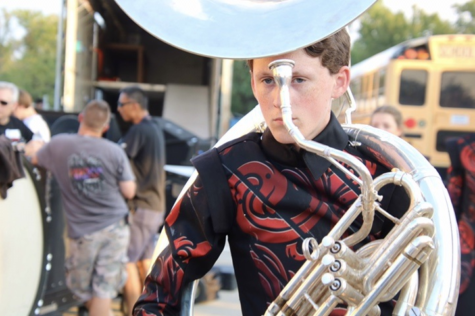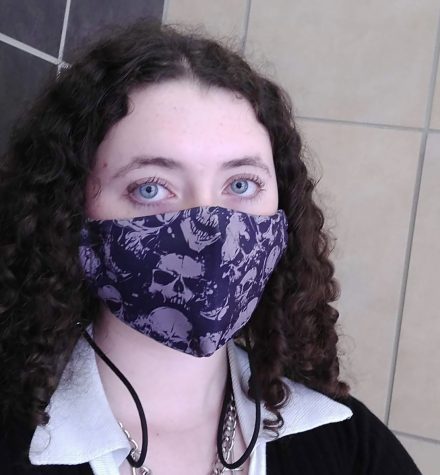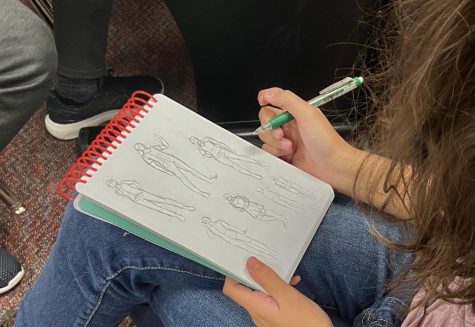Nathan Chen
Celloist Nathan Chen finds the balance between practice time and the rest of his school work.
Name: Nathan Chen
Grade: 10th Grade
Instrument: Cello
Future College: UT Austin
Future Job: I’m not sure yet, but if I had to choose one I would probably be a marketer
Years in Orchestra: 4
Inspiration: I get inspired by musicians and my friends and teachers to play orchestra. I also got inspired by previously playing the piano, which inspired me to continue playing music.
Favorite Musician: Orchestra wise Musicians would be Pyotr Ilyich Tchaikovsky
Wingspan: What made you choose your instrument?
Chen: “What made me choose my instrument was the size of my instrument. The cello isn’t something too small nor too big, and I also chose it because of my experience with the bass clef which is the clef the cello plays on, and overall I really like the deep sound of the cello.”
Wingspan: What made you want to choose to do orchestra?
Chen: “What made me choose orchestra was my previous experience with the Piano. I wanted to continue doing something that was still music related, so I decided to do orchestra.”
Wingspan: How does orchestra impact your daily life?
Chen: “Orchestra impacts my daily life as I have to practice, or whenever I see music somewhere such as music playing, I can usually tell what instruments are playing because of my experience in orchestra, and it impacts my life as it also improves my coordination which is something you improve on as you play instruments.”
Wingspan: Are you considering continuing orchestra beyond? Why?
Chen: “For now, I am not planning to continue orchestra beyond, because as much as I love music, I really do think right now that music is just a hobby and you know something I can do something on the side compared to doing it beyond.”
Wingspan: What are your personal goals for this year?
Chen: “My personal goal this year is to stop procrastinating, I really have a super bad habit doing things last minute, and always stressing out. I also want to make a schedule and overall get better at doing things at certain times.”
Wingspan: What is your favorite thing about orchestra?
Chen: “My favorite thing about orchestra is the new friendships and experiences you form when you join. I have met so many people just from orchestra along and it’s also a super fun and enjoyable way to spend time during school.”
Wingspan: How do you balance orchestra, school, and any other extracurriculars?
Chen: “I balance orchestra, school and other extracurricular by just taking it easy, planning things right, and making sure you have the perfect balance between everything. I usually do things weeks ahead when it is supposed to do, and I balance other extra curricular by setting times out of my day just to do that certain thing.”
Wingspan: What’s your favorite memory of the orchestra?
Chen: “My favorite memory of orchestra was when this super mean teacher came into my classroom in middle school and started hitting people with a bow. She also hit me in the head with a bow but it was a pretty funny experience. Another are the friendships I made. As much as you know playing is fun, the people you meet within the orchestra can really make a difference.”
Wingspan: What is your advice to anybody thinking about joining an orchestra?
Chen: “My advice to anybody who is looking to join orchestra is that you should firstly know how to play an orchestra instrument, because there is no beginner class and you have to know what to play. My second advice to anybody who is looking to join orchestra is that you should know how much time you are gonna commit to orchestra, as since it is an elective and it is a fine art you will have to commit time to practice, go to socials, and you know be prepared to spend some time in orchestra.”
Wingspan: If you had to pick a different instrument to play what would it be?
Chen: “I would play the bass or trumpet.”
































